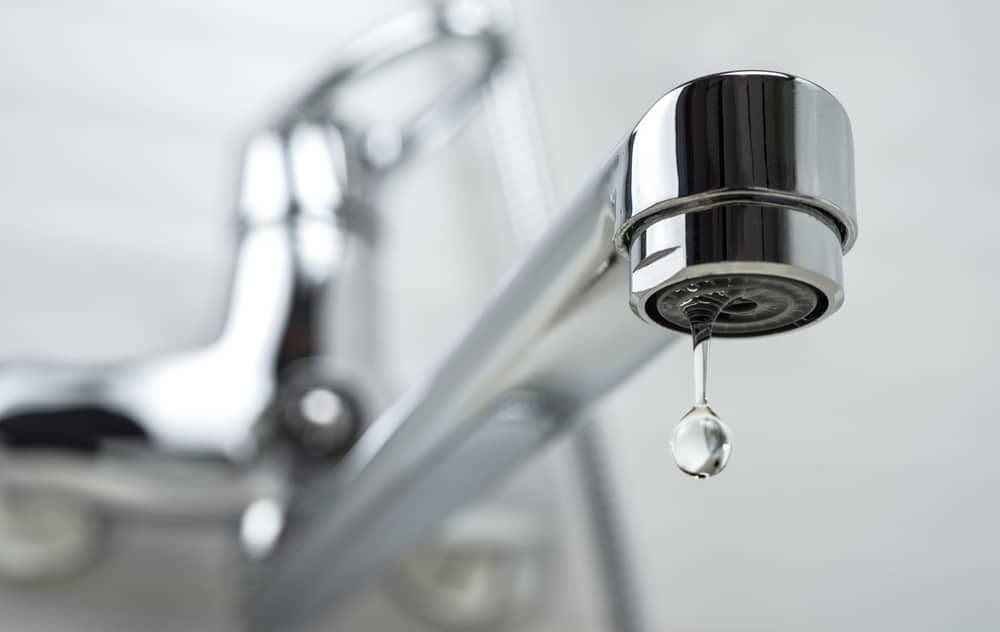Are you hunting for info around Dealing with Low Water Pressure in Your Home?

Low tide stress in your house can be a frustrating trouble, impacting every little thing from showering to washing recipes. If you're experiencing weak water flow, there are a number of possible causes and remedies to check out. In this overview, we'll review common factors for low tide stress and functional actions to address the concern effectively.
Intro to Low Tide Pressure
Low tide pressure happens when the circulation of water from your taps, showers, and various other components is weak than usual. This can make day-to-day jobs extra tough and less efficient. Recognizing the root causes of low tide pressure is critical to discovering the ideal option.
Usual Sources Of Low Water Pressure
Faulty Stress Regulators
Pressure regulators are responsible for preserving consistent water pressure in your home. If they malfunction, it can result in low tide pressure or uneven flow throughout the house.
Metropolitan Water Issues
In some cases, the problem lies outside your home. Metropolitan water system concerns, such as main line leaks or upkeep job, can briefly minimize water stress in your area.
Pipeline Obstructions
Over time, pipelines can become blocked with mineral deposits, sediment, or particles, restricting the circulation of water. This is a typical issue in older homes with galvanized steel pipelines.
Corrosion
Corrosion within pipes can cause leaks and decreased water stress. Rust accumulation can restrict water flow, particularly in maturing plumbing systems.
Just How to Detect Low Tide Stress
Evaluating Pipes
Check visible pipelines for indicators of leaks, deterioration, or obstructions. Take note of any unusual noises, such as knocking or rattling pipes, which could show problems within the plumbing system.
Consulting with a Plumber
If you're incapable to pinpoint the root cause of low water pressure, consider working with a specialist plumber to conduct a thorough examination. They can recognize underlying concerns and suggest appropriate solutions.
Examining Faucets and Components
Beginning by examining the water stress at various faucets and fixtures throughout your home. If the concern is separated to specific locations, it may show local issues.
Do It Yourself Solutions to Take Care Of Low Water Pressure
Flushing Hot Water Heater
Debris accumulation in the water heater can limit circulation and reduce efficiency. Flushing the tank occasionally assists eliminate sediment and preserve optimal efficiency.
Checking Pressure Regulatory Authority
Make certain that the stress regulator is functioning properly. Changing or changing the regulator can assist restore proper water stress throughout your home.
Cleansing Aerators and Showerheads
Natural resources can gather in aerators and showerheads, minimizing water flow. Remove and clean up these components routinely to enhance water pressure.
Cleaning Clogs in Pipeline
For minor blockages, try using a plumbing serpent or chemical drain cleaner to clear blockages in pipes. Beware when utilizing chemicals and follow safety and security guidelines.
When to Call a Specialist Plumber
If do it yourself efforts fail to deal with the issue or if you think considerable plumbing troubles, it's finest to look for aid from an accredited plumber. They have the experience and tools to resolve complicated problems safely and efficiently.
Safety Nets to Keep Water Stress
Mounting a Pressure Booster
Consider mounting a stress booster pump to enhance water pressure in locations with constantly low circulation. This can be particularly useful for multi-story homes or homes with high-demand components.
Tracking Water Usage
Be mindful of water use practices and avoid ill-using the plumbing system. Easy adjustments, such as incredible showers and laundry tons, can assist preserve ample water stress.
Normal Upkeep
Arrange routine upkeep for your plumbing system to avoid concerns such as corrosion, leaks, and clogs. Dealing with minor problems early can help prevent even more significant repair services later on.
Conclusion
Handling low tide pressure can be aggravating, but identifying the underlying causes and implementing appropriate options can restore optimum flow throughout your home. Whether it's cleaning aerators, examining pipes, or consulting with a plumber, taking positive actions can guarantee a steady supply of water for your day-to-day demands.
FOUR WAYS TO FIX LOW WATER PRESSURE NOW
Turning on a shower or faucet only to find the water comes out in a sad, slow drizzle is never a good feeling. How exactly are you supposed to wash a pan or take a quick shower when it takes 10 minutes just to rinse off a little soap? The good news is that when your water pressure is bad, there's always a cause: typically one that can be easily fixed. Here are some of the most common causes of low pressure and what you can do to fix the issue:
DEBRIS AND MINERAL DEPOSIT BUILDUPS
If you notice low water pressure from just one or two of the fixtures in your house, the problem likely has to do with debris buildup. Water is full of minerals and other debris, all of which can accumulate in your pipes and on your fixtures. This can cause a blockage that affects how much water flows through. To fix this, try filling a small plastic bag with white vinegar, and use a rubber band to hang it around your showerhead or faucet. Let the head of the fixture soak for a few hours, and the vinegar should loosen the deposits.
WATER LEAKS
Leaks are another common cause of low water pressure. If water is flowing out of your plumbing through a hole or crack before it can reach your fixture, the pressure coming out of the faucet or showerhead will be lower. A plumbing professional is your best bet for finding and repairing a leak in your water supply pipes.
Leaks are another common cause of low water pressure. If water is flowing out of your plumbing through a hole or crack before it can reach your fixture, the pressure coming out of the faucet or showerhead will be lower. A plumbing professional is your best bet for finding and repairing a leak in your water supply pipes.
A VALVE ISSUE
If you have low water pressure throughout your home, check your main shut-off valve to make sure it's completely open. You may also want to see if there's a pressure-reducing valve installed. If there is, have a plumber help you adjust the settings to get the pressure you're looking for.
OTHERS USING WATER
Believe it or not, your low water pressure could be caused by your neighbors. If you notice low pressure at certain times of day, it may be because you and the people living next to you have similar schedules - when everyone is showering at the same time, the pressure will be lower in every home. Low pressure throughout the neighborhood may also be caused by an issue with your municipal water supply. If that's the case, call the supplier to see if they're working on the issue.
https://www.rotorooter.com/blog/water-leaking/low-water-pressure-fixes/

I found that write up about 10 Reasons for Low Water Pressure in Your House while doing a search on the search engines. Liked our write-up? Please share it. Help somebody else discover it. Many thanks for being here. Don't forget to visit our website back soon.
Book